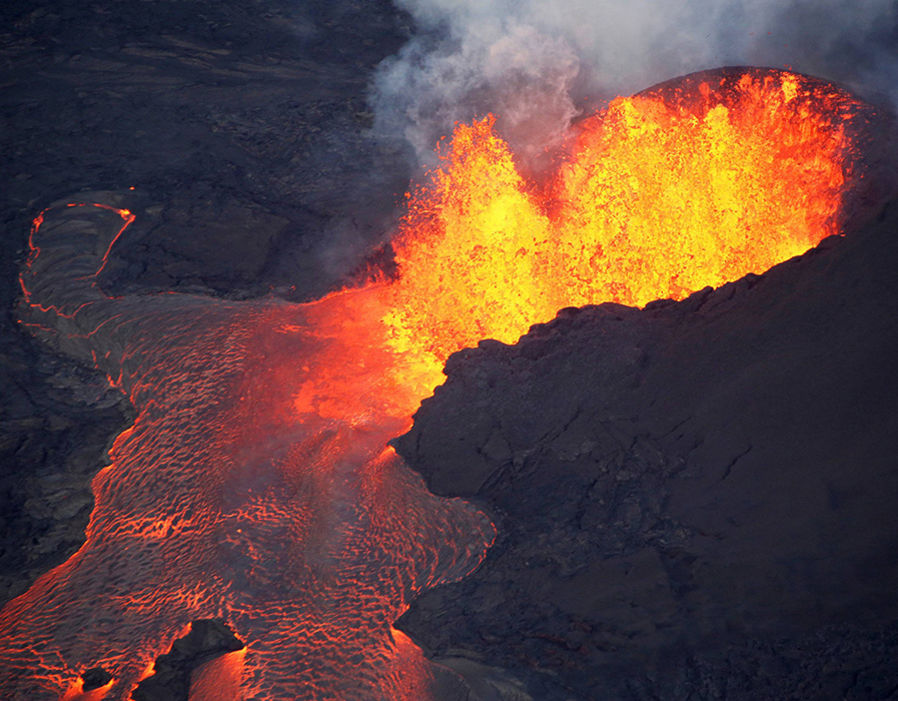What Hawaii’s Kilauea and Guatemala’s Fuego Volcanoes mean for the Climate
When volcanoes like Hawaii’s Kilauea and Guatemala’s Fuego erupt, they spew ash, gas and other particles into the air, and those particles—big and small—can have an impact on the climate and environment.Hawaii’s Kilauea erupted in May and has been expelling hot, slow-moving liquid rock for a month now along with dangerous gases. Fuego erupted over the weekend and again on Tuesday night while rescuers were attempting to find anyone left in the destruction, The Week reported.Different volcanoes can have slightly different byproducts: The volcano in Hawaii emitted a lot of sulfur dioxide, a greenhouse gas that can lead to acid rain; Fuego released pyroclastic flows, a mixture of the volcanic matter and the gases.“They inject ash, water, often sulfur dioxide,” Valentina Aquila, an assistant professor in the Department of Environmental Science at American University told Newsweek. “The result is a cooling of the surface as an average,” she said. “This is particularly evident for very big volcanic eruptions,” she added, like the massive eruption of Mount Pinatubo in 1991. “Pinatubo actually changed the climate.


